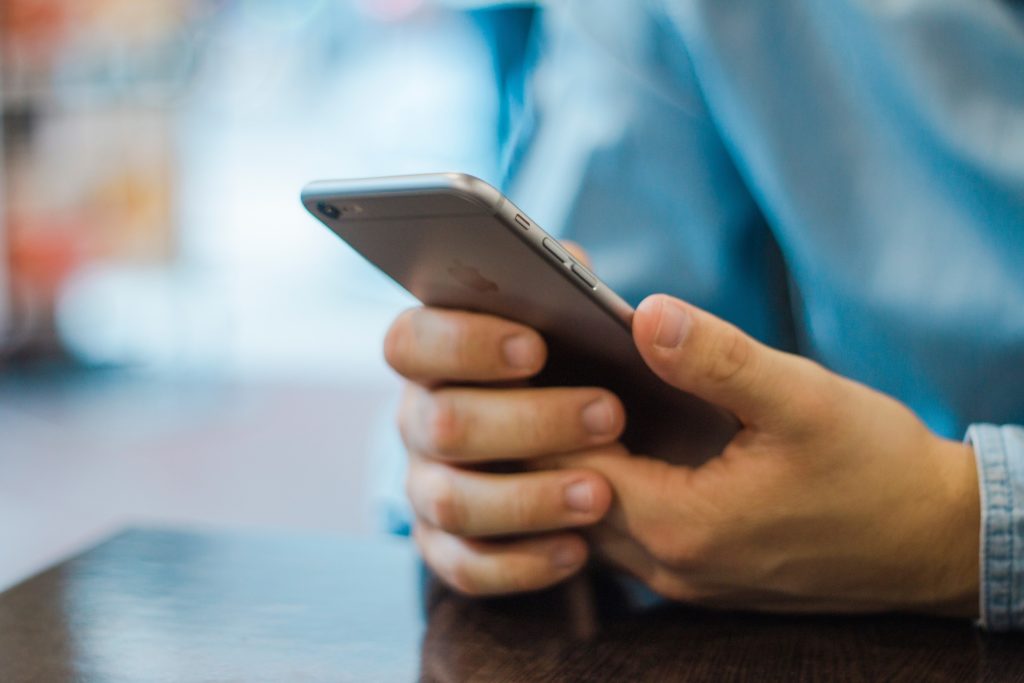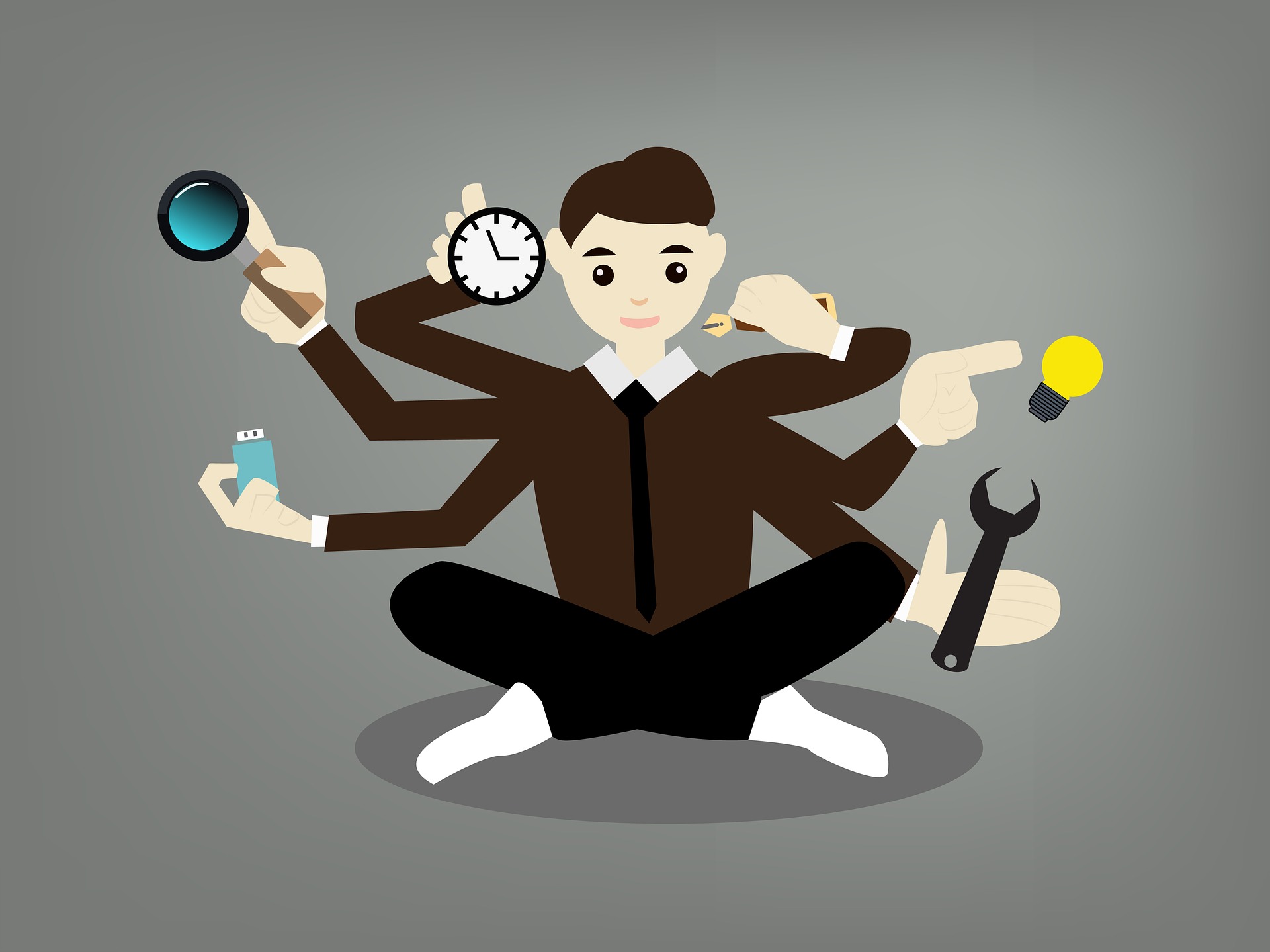In today’s busy world, the ability to do more than one thing at a time is an absolute must. Fortunately, over the years, your iPhone has become just as proficient at multitasking as you have. Read on to learn more about how multitasking works on your iPhone.
What’s the difference between traditional desktop multitasking and iPhone multitasking?
Most of us are familiar with what multitasking looks like on a desktop computer: essentially, it’s the basic ability to run more than one program at once (like being able to browse the Internet while also having a word-processing document open, for example). But with an iPhone, while the user experience of multitasking is very similar, the actual functionality isn’t quite the same. Although the iPhone does allow a few specific types of apps to run in the background while others work in the foreground—this is akin to having multiple programs open—what happens most often is that iPhone apps pause when you’re not using them, but come back to life very quickly as soon as you select them.
To switch easily between apps, the iPhone makes use of what Apple calls Fast App Switching. Thanks to this feature, the act of clicking the Home button to exit an app and return to the Home screen automatically freezes the app in the moment you left it. When you return to the app, you can continue using it from exactly where you were previously. While there’s some debate as to whether this can truly be considered “multitasking” because technically it still involves only one app running at a time, from a user’s perspective it more or less amounts to the same experience.

Don’t suspended apps drain the iPhone’s battery or other system resources?
The idea that frozen apps still use battery, bandwidth, or other iPhone system resources has been remarkably persistent, but while this may have been true in the early days of multitasking, Apple has explicitly stated that it’s not true now, and that apps that are suspended in the background are not draining resources like battery life or memory. This means that there’s no reason to force quit apps that aren’t in use, as it won’t do anything to save your battery.
The exception to this rule is apps that support Background App Refresh. Available in iOS 7 and up, Background App Refresh allows your apps to learn how you use them and to organize themselves in response to your habitual behavior. For example, if you usually check your social media apps as soon as you get home from work, iOS will eventually learn to update these apps shortly before you normally check them so that they’ll be ready with all the latest information. When apps have Background App Refresh enabled, they do continue to run, use battery life, and download data in the background, but you can control this by adjusting your Background App Refresh settings in your General Settings menu.
What apps support traditional multitasking?
As mentioned above, the iPhone does allow some types of apps to support traditional multitasking; that is, they aren’t suspended when you’re not using them, but instead they run in the background while you’re using another app in the foreground. Apps that can continue to run in the background include the following:
Music—It makes sense that music apps (like Pandora, Apple’s Music app, streaming radio, and other third-party music apps) can continue running in the background, as many users like to listen to music while doing other things on their iPhones.
Location—With both Apple Maps and Google Maps, you can get directions while using other apps at the same time.
AirPlay—This technology, which allows audio and video streaming from your iPhone to compatible devices like TVs or stereos, is able to run in the background.
VoIP—Skype and other Internet-based calling apps can work at the same time as other apps.
Push Notifications—If you have Push Notifications enabled, you’ll receive alerts notifying you of things happening in other apps that you might want to check out (for example, you might get a notification that you have a new e-mail waiting in your inbox).
Newsstand—If you use the Newsstand app, content will continue downloading in the background so that you always have access to the most up-to-date news.
Bluetooth Accessories—Your iPhone and any Bluetooth accessories that are paired with it can send data back and forth in the background.
Background—As mentioned earlier, the Background App Refresh feature allows certain apps to update in the background even when they’re not running.
It’s important to remember that while the above categories of apps can run in the background, that doesn’t necessarily mean they will. Some apps, particularly older ones, may not be written to take advantage of multitasking, so even though the iOS has the capability, the app itself doesn’t. However, this scenario is becoming increasingly rare as most apps are now designed or updated to be compatible with all the functionality of the latest iOS release.

